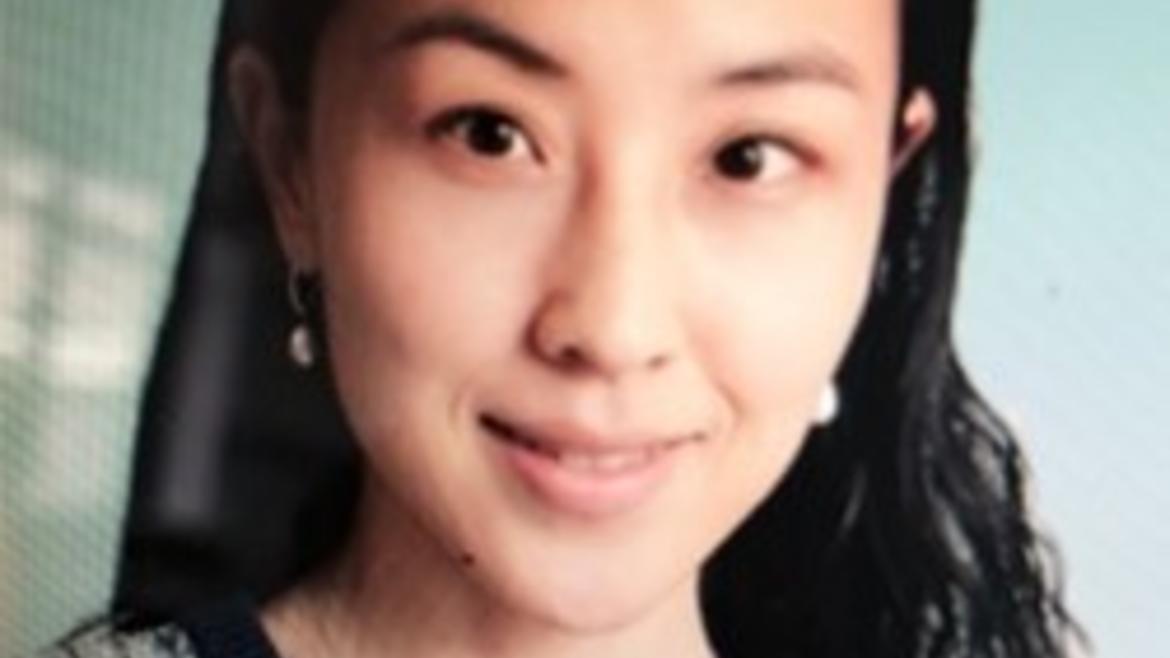BCH 252 Seminar Dr. Li Lan, Harvard University

The Department of Biochemistry's weekly BCH 252 seminar series is presented this week by
Dr. Li Lan, M.D/Ph.D , Associate Professor, Department of Radiation Oncology, Harvard Medical School, Associate Director, Radiation biology program; Massachusetts General Hospital/Harvard Medical School
Seminar Title: "Understanding and Targeting the RNA-regulated DNA Damage Response in cancer"
Bio: Dr. Lan got her M.D from China Medical University, and her Ph.D. in Tohoku University, Japan. Dr. Lan’s laboratory is especially interested in understanding how cancer cells respond to oxidative and replication stresses through DNA repair pathways and developing new strategies to target these pathways in cancer therapy. Lan lab developed the first molecular assay to study the oxidative damage response at specific chromosomal loci. Dr. Lan’s group also discovered and delineated a novel DNA repair pathway—RNA-mediated repair—that protects the transcribed regions of the genome. These findings generated a new paradigm in the DNA repair field, influencing the research of many laboratories around the world. It is worth mentioning that her work on the RNA-mediated repair in the MGH Department of Radiation Oncology has led to discoveries of new therapeutic targets and biomarkers in ovarian and breast cancers.
Abstract: The repair of DNA double-stranded breaks (DSB) is crucial for genomic stability in both normal and cancercells. In cancer cells under intrinsic oxidative stress or facing extrinsic DNA damage induced by radiation or chemotherapy, efficient DSB repair is essential for cell survival. Therefore, understanding the mechanisms of DSB repair is critical for exploiting the genomic vulnerabilities of cancer cells. Recent studies by us and others revealed that the DSB in transcribed regions of the genome are repaired through a novel mRNA-regulated dependent mechanism. This mechanism, which we named the RNA-regulated repair (RR) pathway, uses DNA: RNA hybrids (or R-loops) to recruit DNA repair proteins to DSB, allowing efficient removal of DSB in active genes. We have identified a number of repair proteins that function in the RR pathway. Excitingly, our recent studies revealed that 5-methylcytosine (m5C), a specific modification of RNA, is induced in the DNA: RNA hybrids at sites of DSB, providing a unique “DNA damage code” to promote the recruitment of repair proteins. Furthermore, we found that the RNA methyltransferase TRDMT1 is the “writer” of m5C at DSB. Loss of TRDMT1 compromises the recruitment of RAD51 to DSB, impairs DSB repair, and renders cells sensitive to radiation, PARP inhibitor, and cisplatin. These studies may estimate a new framework of the RR pathway, provide insights into how mRNA and RNA modifications regulate DNA repair, and present new therapeutic strategies to exploit the genomic instability and DNA repair defects of cancer cells.
Faculty Host: Dr. Li Fan, li.fan@ucr.edu